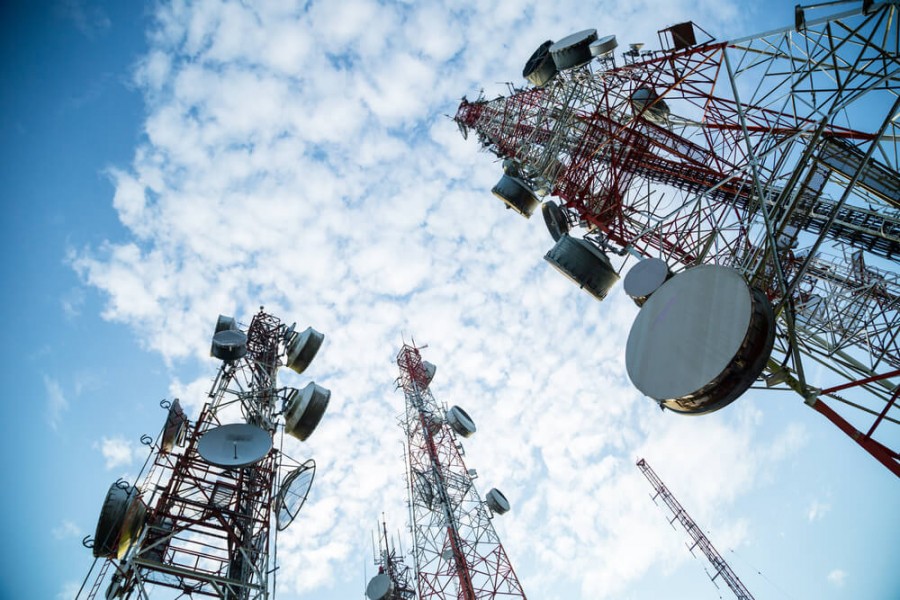Incidence of malware toxicity is quite high in the telephone companies, quite a few of them being household names. There are 184.45m mobile phone subscribers in the country. Whatever might be the size of ownership or usage a decade later, the current quantum leap is itself formidable. It's an essential tool-kit for a utilitarian free market communication network. Its power, both benign and injurious, lies in the hands of the users as well as service providers! But a brother at the other end of the spectrum -- the cyber space is one and indivisible phenomenon, though, dropped a chilling line: Ransom ware is becoming rampant in Britain, he added with crisp emphasis! A former US president has said something like this, a memorable gem: "Ninetenths of wisdom is to be wise on time". Wise words but hardly lived up to by the worldly wise.
The recap of the report under review may go down as a modest, timely, though a little overstretched attempt to reminisce the world-rattling Bangladesh Bank heist in 2016; by hindsight after all, that shook the government into forming the BGD e-GOV CIRT under the Post, Telecom and ICT Ministry. Now half a decade on, alongside the now amnesic fragmentary unsolved mystery of the massive heist and the loss sustained hovering, to say nothing of the probe itself lost in the wilderness, at least the formation of the national watch body, the e-Government Computer Response Team (BGD e-Gov CIRT) has led to an outpouring of reports. They point out that Grameenphone, Robi, Axiata, Banglalink and Teletalk have had a noticeable rate of malware infection. Underlining a wider concern it noted major cyber attacks frequenting at least 147 public and private organisations including banks, non-banking financial institutions.
The salient points made in the reports find resonance with the audience since the end users and the gullible subscribers ultimately pay the price of the malware contamination and resulting misinformation or disinformation maladies. The report adds that 300-400 credit or debit cardholders are subjected to cyber attacks per month; Grameenphone with the largest customer-base has 47 unique counts of malware infection; Robi with 40 unique counts while Banglalink tallying lowest at 31. The viruses range between 'android-hummer, avalance -- andromedia; and android rootnik etc. -- these being prominent viruses contributing to the rates combinedly.
Bandwidth is the life-blood of the network communication. According to Tarique Barkatullah, director of the data centre upon penetration tests without rules of engagement which ought to have been well-established, tended to expose 'indicators of compromises'. These were then cross-examined by threat intelligence unit researchers for further verification to achieve 'true positives.' It would seem that due diligence is being applied at certain level. But lack of rules of engagement is disquieting. If the bandwidth is attacked, overall services are disrupted, so one knows where vigilance and monitoring have to be mounted 7/24.
The BTRC deals with the operators. If they cross the prescribed threshold, ethically or otherwise, the former should not flinch from being stern against them but in accord with rules of engagement agreed to by enlightened consensus. The BTRC has to protect the customers' interest by preventing the system weakening much like other stakeholders. As for the end-users and service providers no less will they have to be eternally vigilant against the machinations of the shadowy underworld of ever changing creepy problematically faceless cyber criminals. Not invincible though in the face of today's high tech wrestling down the ground of the defiant ones.


